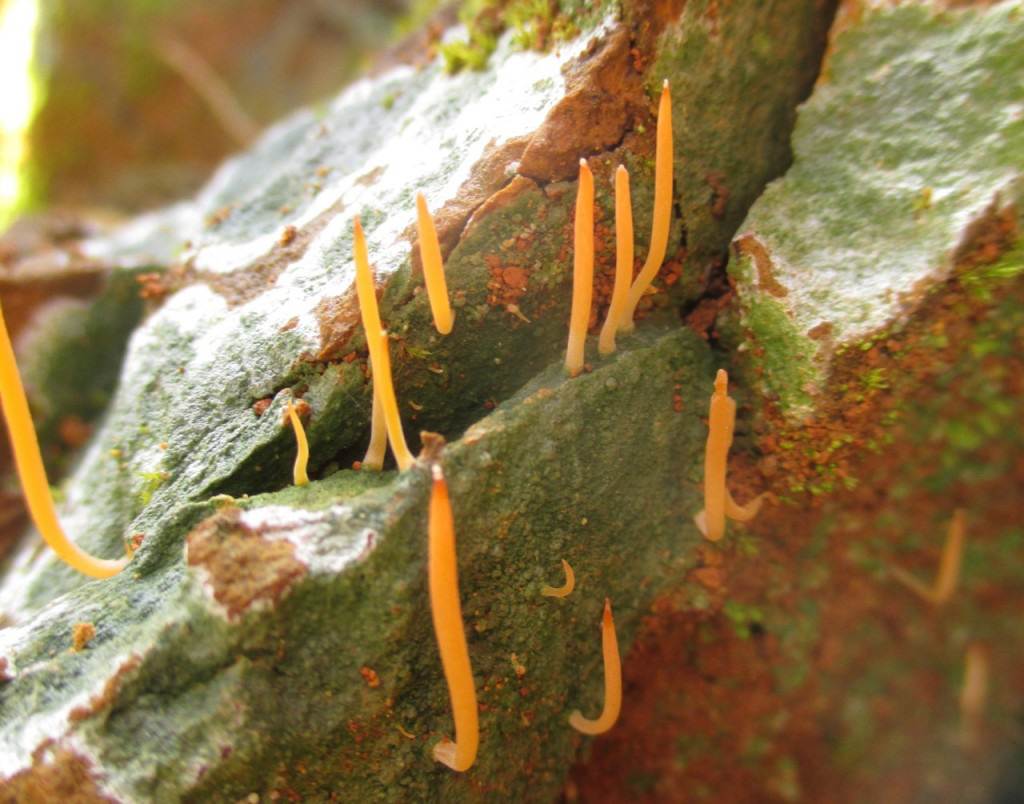 An assessment of the diversity and relationships of a group of lichenized basidiomycetes, has been completed and resulted in a global circumscription of the Lepidostromatales: Liu D., B. Goffinet, D. Ertz, A. De Kesel, Z.G. Qian, X.Y. Wang, H.X. Shi, Y.Y. Zhang, J.W. Li, X. Ye, J.S. Hur & L.S. Wang. 2017 (2018). Circumscription and phylogeny of the Lepidostromatales (lichenized Basidiomycota) following discovery of new species from China and Africa. Mycologia 109: 730–748. pdf
An assessment of the diversity and relationships of a group of lichenized basidiomycetes, has been completed and resulted in a global circumscription of the Lepidostromatales: Liu D., B. Goffinet, D. Ertz, A. De Kesel, Z.G. Qian, X.Y. Wang, H.X. Shi, Y.Y. Zhang, J.W. Li, X. Ye, J.S. Hur & L.S. Wang. 2017 (2018). Circumscription and phylogeny of the Lepidostromatales (lichenized Basidiomycota) following discovery of new species from China and Africa. Mycologia 109: 730–748. pdf
Collections made in China by Goffinet, including paratypes of new species, are deposited in CONN.
Abstract reads: Based on an exhaustive sampling of all known Lepidostromatales, a lineage of clavarioid lichen-forming basidiomycetes, we assess (i) the phylogenetic affinities of the six Chinese species currently accommodated in Multiclavula(Cantharellales) based on inferences from the 18S and 28S subunits of the nuclear ribosomal DNA repeat and (ii) the phylogenetic structure among Chinese populations of Lepidostromatales, based on the nuc rDNA ITS1-5.8S-ITS2 (ITS) regions. Multiclavula fossicola and M. sinensis belong to the Lepidostromatales, and are transferred to Sulzbacheromyces. Chinese reports of M. clara and M. vernalis belong to species of Lepidostromatales and specimens identified as M. mucida belong to the non-lichenized genus Clavaria. Hence, evidence of Multiclavula occurring in China is lacking. Similarly, L. calocerum is excluded from the Chinese flora. The recently described L. asianum should be regarded as conspecific with S. sinensis. Three new species of Sulzbacheromyces are described: S. bicolor and S. yunnanensis from China, and S. miomboensis from the Democratic Republic of Congo. Consequently, Sulzbacheromyces is new to Asia and Africa. A world-wide key to the species of Lepidostromatales is provided.